I’m a great fan of mulching. There’s something really comforting about tucking my vegetables up in a lovely blanket of crumbly compost and straw.
Also, I have to admit that I’m not a great fan of bare soil, it’s an open invitation for unwanted ‘weeds’. To put it another way, nature will always take advantage of bare soil to nurture some pioneer plants (those so called weeds). It may seem a bit over dramatic to say that bare soil is like a wound that nature quickly starts to heal, but it feels pretty true for me. There isn’t bare soil for long in many natural environments.
Mulch for the vegetable beds
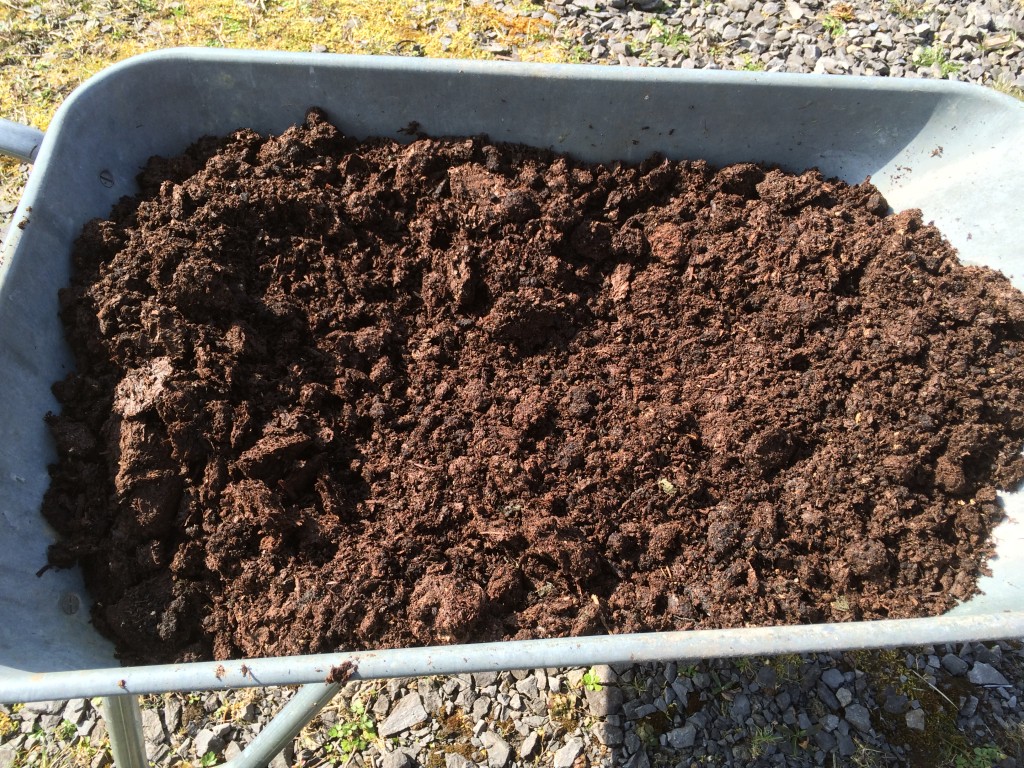 This year I’m mainly using some well rotted mushroom compost as that’s what I have available in bulk. I may add some garden compost too but it will probably get used for my transplants when they go out into the beds. There’s a chance I’ll be getting some partially rotted horse manure later this week and my plan is to let it sit for the summer and use it as a mulch in the autumn.
This year I’m mainly using some well rotted mushroom compost as that’s what I have available in bulk. I may add some garden compost too but it will probably get used for my transplants when they go out into the beds. There’s a chance I’ll be getting some partially rotted horse manure later this week and my plan is to let it sit for the summer and use it as a mulch in the autumn.
I never dig in my compost, I just spread it on top of the beds (I will gently weed first) and let the earthworms do the work. The mulch should ‘feed the soil’, which in turn will feed the plants. It also helps to enrich and aerate my heavy clay soil.
I top off my initial mulch with a layer of straw ususally (although I sometimes use rushes from the field too). This is a slightly risky strategy here in damp Ireland where slugs are prevalent, but my gut feeling is to go with it, especially as the cats are likely to think I’ve created them a heavenly de luxe cat toilet if I don’t cover up the compost. If it gets really wet I can always remove the straw. Also, starting most of the vegetable in pots will mean they should be big enough to survive a little slug activity by the time they go out. Fingers crossed.
There are other options of course, such as shredded leaves or wood chips. During the growing season the leaves of any weeds can be chopped and dropped on the beds to add to the mulch. Comfrey is often used for this purpose as it is of great nturitional value. It can also be used as a liquid feed.
I’ve quite a few beds to mulch this year and I want to give them 4 – 6 weeks to ‘settle’ after mulching before I plant into them, so this will be my main job this week.
Mulching the paths
I’m also re-mulching the paths this year, as over the last few years I’ve spent more time pulling weeds from the paths than I have tending to the beds. Last year we managed to edge most of the beds, which make this an easier task.
For this I use a non organic (woven plastic) weed supressant membrane which lets water pass through.
Then I cover it with straw or wood shavings to make it look nicer and to prolong the life of the membrane. Now the beds are edged I staple the membrane to the iside of the beds. This should stop weeds from taking over the beds edges, especially the creeping buttercup.
With 1 1/2 beds and 1 1/2 paths mulched so far, I still have a lot to do this week. Wish me luck.
The video
Here you can see this weeks work in video form. Enjoy.

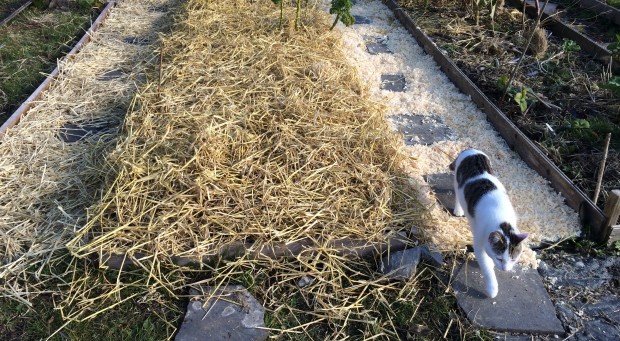
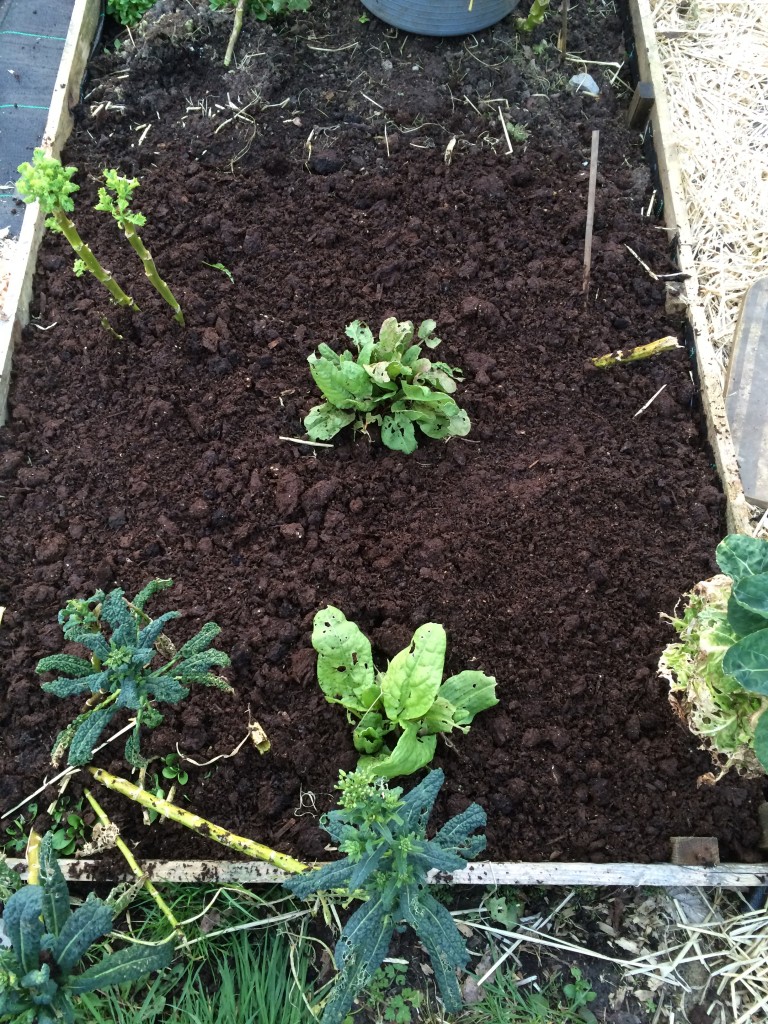
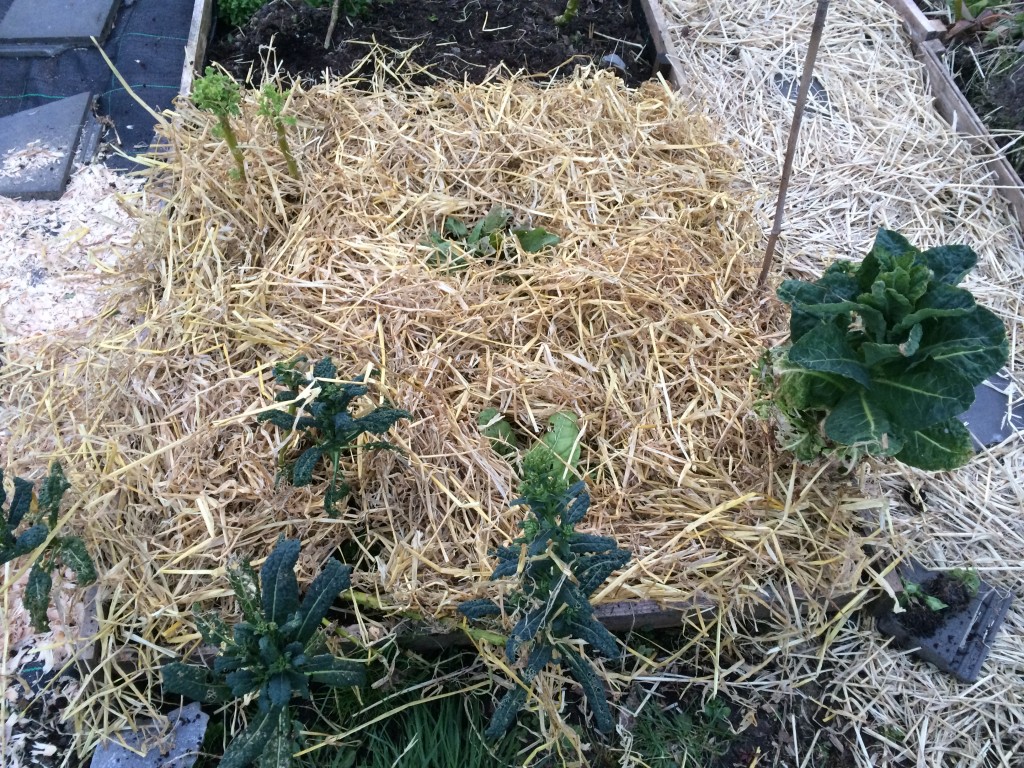
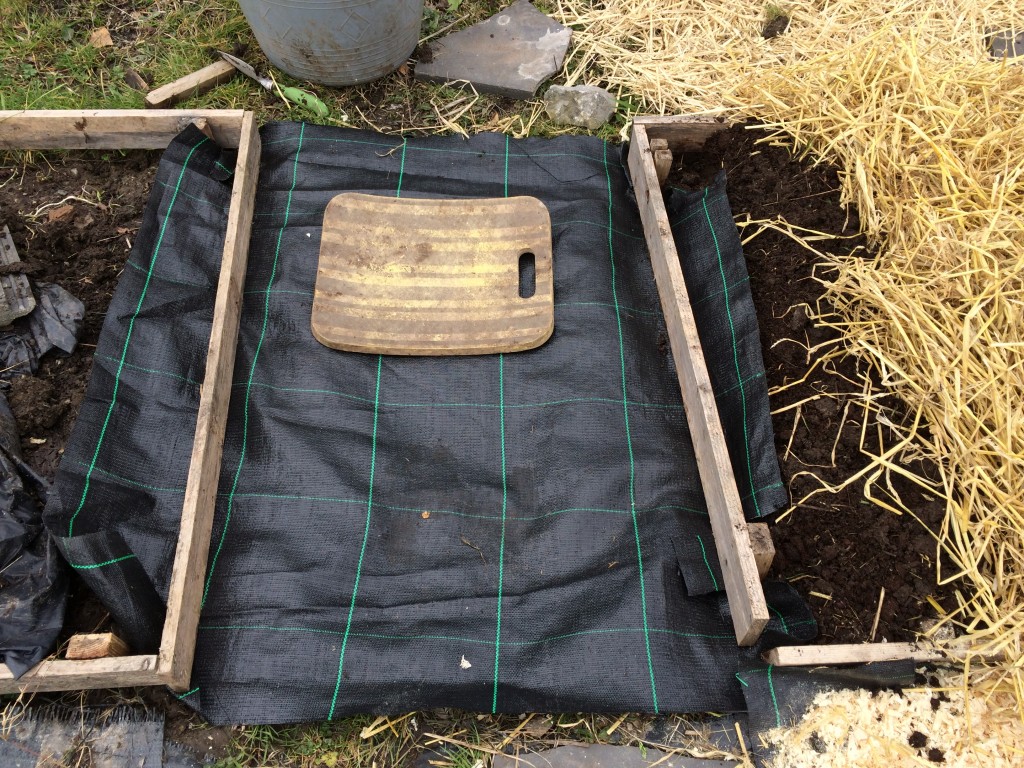
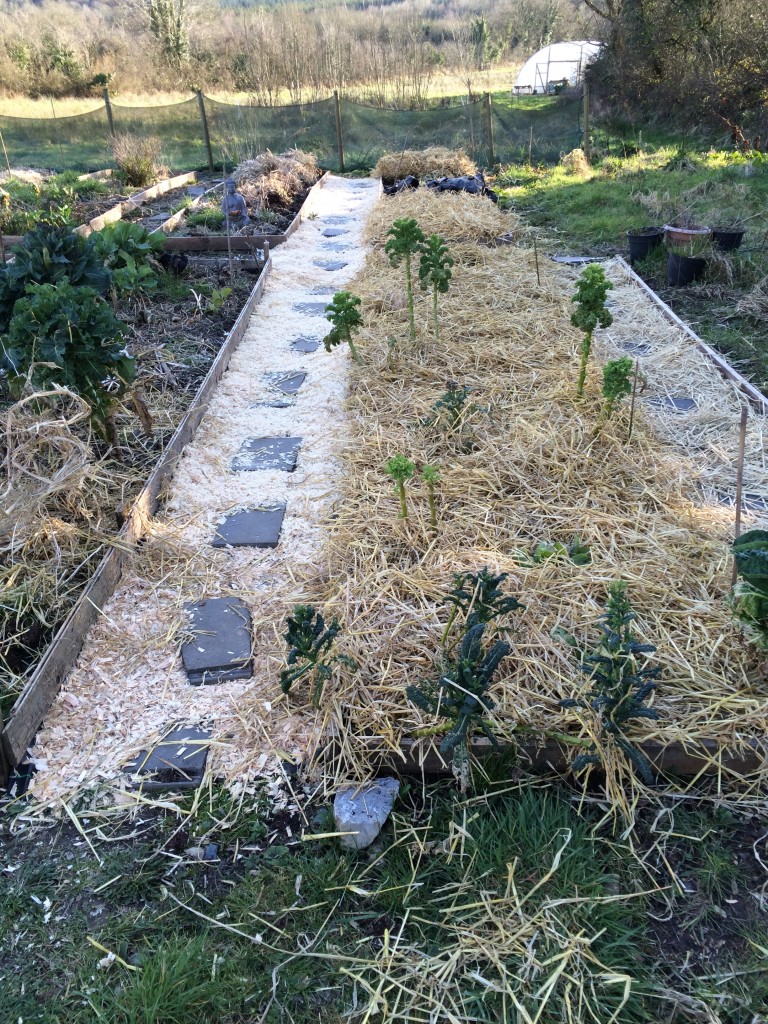

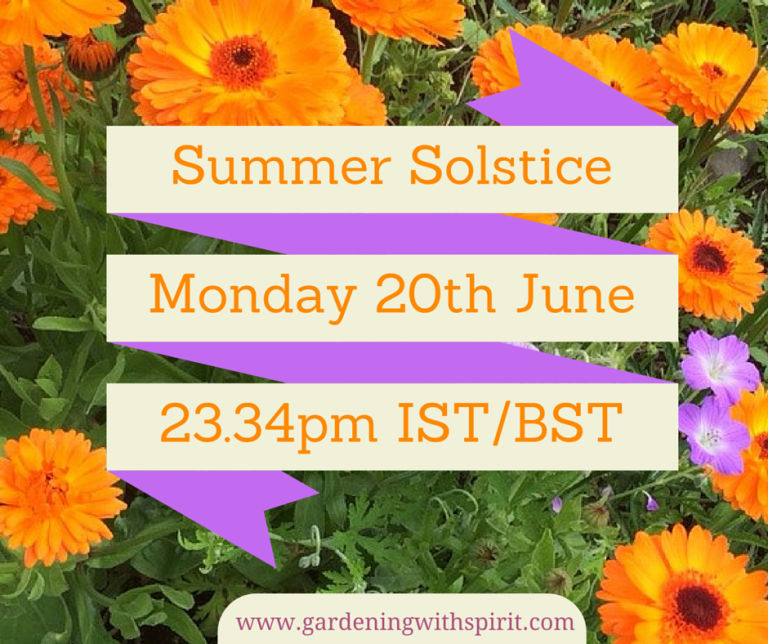
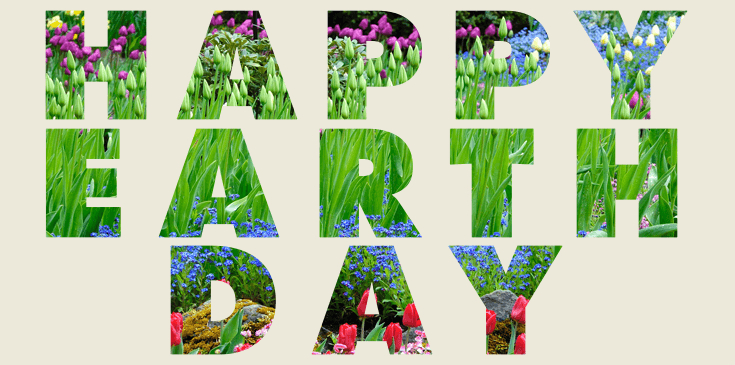
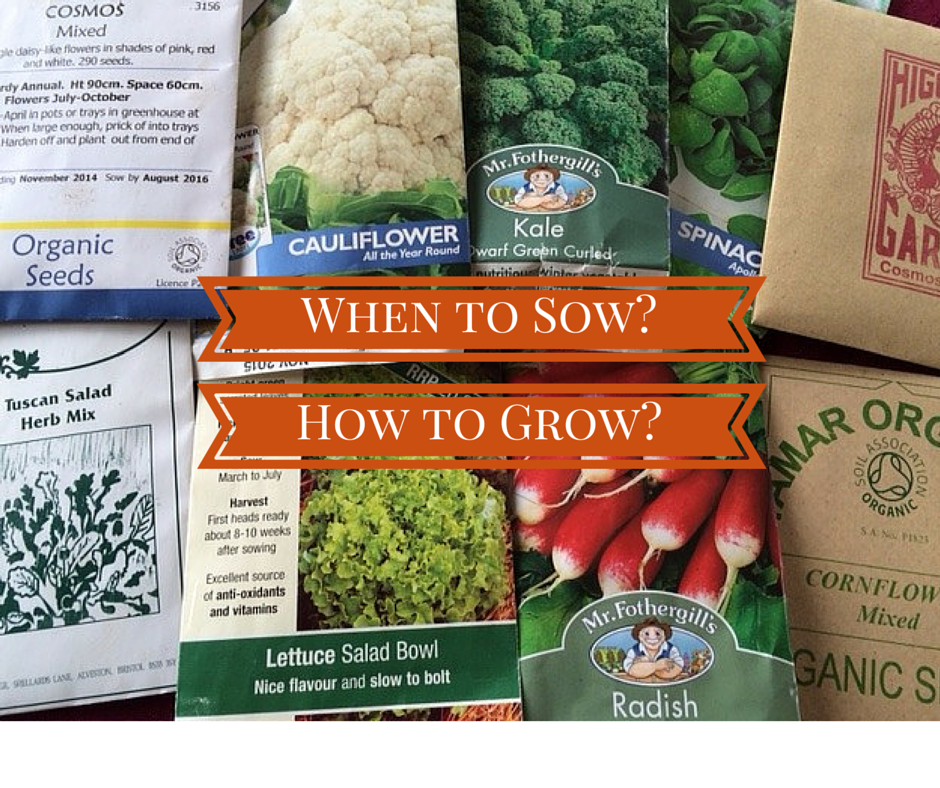
[…] March I posted about mulching the vegetable beds (click here to see that post). In those beds I weeded and then applied liberal amounts of rotted horse manure […]